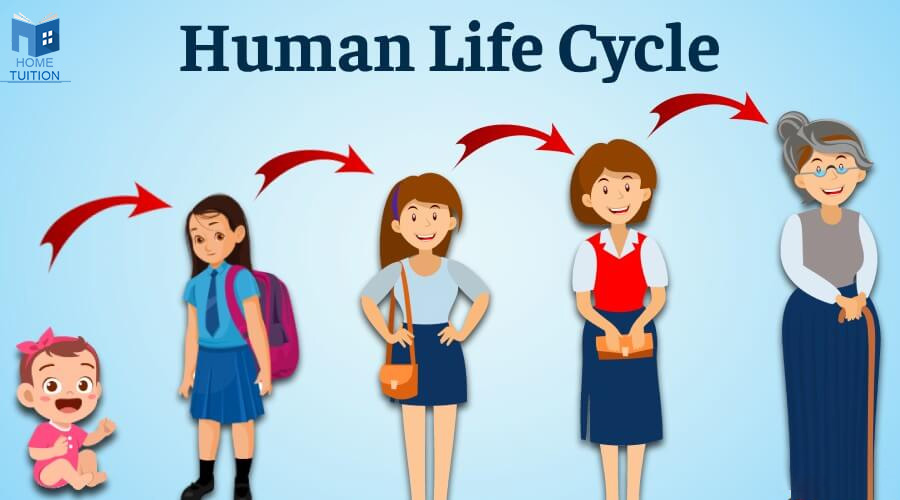Introduction
Humans belong to the genus Homo and the family Hominidae, known as culture species. Physically resembling apes, humans were initially the sole species in the Hominidae family. Recent studies reveal chimpanzees' closer relation to humans than gorillas. The last common ancestor of humans and chimpanzees lived 6 to 7 million years ago.
The human body comprises two arms, two legs, a head, and a neck attached to the torso, supported by a robust skeleton of bone and cartilage, enveloped by fat, muscle, organs, and tissue.
A significant distinction between humans and apes lies in the more evolved human brain. Humans possess an erect body structure with movable hands, while apes also display remarkable cognitive abilities previously unknown to humans. Human development begins at conception and progresses through various stages, influenced by dietary intake. The evolutionary journey of humans offers numerous insights, but for now, let's focus on understanding the human life cycle.
Human Life Cycle Diagram

7 stages of human life cycle
Following are the different human life cycle stages given below:
Embryo to Foetus
When a sperm fertilizes an egg in the female's uterus, it forms a zygote. This zygote gradually develops into an embryo, resembling a cluster of cells initially. After eight weeks, it takes on a human form and is termed a foetus. During this stage, the foetus relies entirely on the female for sustenance and growth.
Infancy
Following about nine months of development, the fully-formed foetus is born, marking the beginning of infancy, lasting until age one. Infancy is the earliest phase of childhood, characterized by rapid physical growth. Infants are highly dependent on caregivers, primarily their mothers, for all their needs. They develop basic functions like sucking, swallowing, and crying as a means of communication, with breastfeeding being common during this period.
Toddlerhood
Toddlers, aged two to three, exhibit unsteady walking, hence the term "toddler." This stage denotes the end of early childhood and entails significant cognitive, emotional, and social progress.
Childhood
Between ages three and six, children progress from crawling to walking and begin to develop independence in various activities like eating and communication. Social interaction and curiosity about the world around them are prominent features of this stage.
Adolescence
From nine to thirteen years, children enter adolescence, marked by puberty and rapid physical changes. Adolescents, or teenagers, undergo transformations such as hair growth, body shape alterations, and voice changes. They also display increased independence in daily tasks.
Adulthood
Individuals aged 20 to 60 are considered adults, characterized by sexual maturity and full physical development. Adulthood brings responsibilities and life experiences, contributing to mental and social maturity.
Middle Age
Between 30 and 50 years, middle age signifies a period of adulthood marked by stability and career advancement.
Old Age
Upon reaching 60 or 65 years, individuals enter old age, where physical capabilities decline, and reliance on external support increases. Behaviour in old age varies based on lifestyle and health factors, with life expectancy typically ranging from 70 to 85 years.
Frequently Asked Questions
Ans. The six stages in the human life cycle include infancy, childhood, adolescence, adulthood, middle age, and old age.
Ans. The human life cycle encompasses the stages of growth and development from infancy to old age, marking the journey of maturation and aging.
Ans. In the field of biology, a biological life cycle, or simply a life cycle when the context is evident, refers to a sequence of stages in the lifespan of an organism. It commences with a zygote, commonly found in an egg, and culminates in an adult capable of reproduction. This adult produces offspring in the form of a new zygote, which subsequently undergoes the same process.